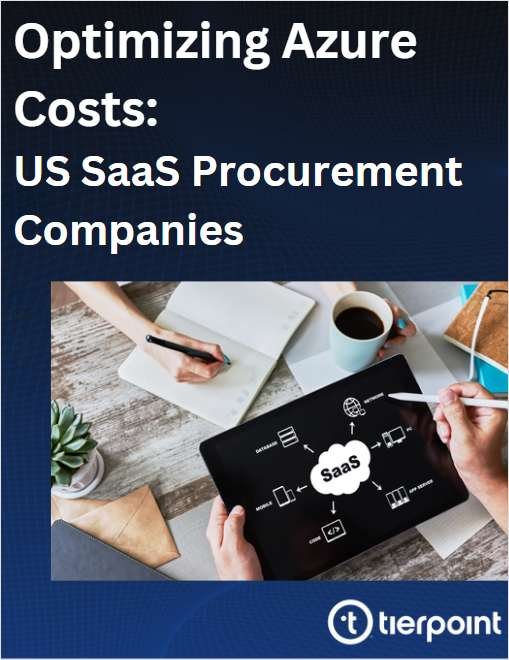
Introduction to AI in Workforce Planning
Workforce planning, a critical aspect of business management, involves the strategic alignment of an organization’s human resources to meet its current and future needs. Traditionally, workforce planning relied heavily on manual processes and historical data analysis. However, the rapid pace of technological and organizational changes in today’s business environment has magnified the complexity of this task, rendering conventional methods increasingly inadequate.
Amidst this evolving landscape, Artificial Intelligence (AI) is emerging as a transformative solution in workforce planning. AI introduces a blend of predictive analytics, machine learning, and real-time data processing capabilities that offer enhanced precision and efficiency. By harnessing AI, organizations can navigate the multifaceted challenges of workforce management with greater agility and informed decision-making.
One of the primary advantages AI brings to workforce planning is its ability to analyze vast amounts of data and identify patterns that may not be evident through traditional methods. This predictive prowess enables organizations to forecast workforce requirements accurately, anticipate skills gaps, and devise proactive strategies to address them. Moreover, AI’s real-time analytical capabilities facilitate immediate responses to workforce dynamics, ensuring that resource allocation is continuously optimized.
In addition, AI’s integration within workforce planning encompasses various tools and applications, ranging from advanced analytics to intelligent automation. These technologies empower HR leaders with comprehensive insights and support strategic initiatives, such as talent acquisition, training and development, and employee retention. By leveraging AI, organizations can not only enhance operational efficiency but also foster a more resilient and adaptable workforce.
Overall, the introduction of AI in workforce planning marks a significant paradigm shift, promising far-reaching benefits across various industries. As we delve deeper into the intricacies of AI-driven workforce management, it becomes evident that this technological advancement is poised to elevate the precision, responsiveness, and overall effectiveness of resource planning in today’s dynamic business world.
Key Benefits of Integrating AI in Workforce Planning
Integrating AI in workforce planning yields numerous advantages, significantly enhancing the overall efficiency and effectiveness of resource management. One of the primary benefits is the enhanced accuracy in forecasting workforce needs. Traditional methods often rely on historical data and manual calculations, which can be prone to errors and biases. In contrast, AI utilizes advanced algorithms and machine learning models to analyze vast amounts of data, providing more precise predictions of future staffing requirements. This enables companies to make informed decisions, ensuring they have the right number of employees with the necessary skills at the appropriate times.
Additionally, AI-driven workforce planning improves efficiency and productivity. By automating routine tasks such as scheduling and shift planning, AI frees up managers to focus on more strategic activities. This not only reduces administrative workload but also ensures optimal staffing levels, thereby minimizing downtime and maximizing productivity. For instance, AI algorithms can predict peak periods and automatically adjust staffing levels to meet demand, thereby reducing the risk of overstaffing or understaffing.
Cost savings through optimized resource allocation is another significant benefit of AI in workforce planning. By accurately forecasting workforce needs and optimizing schedules, companies can reduce labor costs and avoid unnecessary overtime expenses. Furthermore, AI can identify patterns and trends that might be missed by human planners, such as underutilized resources or inefficiencies in current processes. This enables companies to reallocate resources effectively, ensuring that talent is utilized where it is needed most.
AI also enhances the ability to quickly adapt to changing market conditions. In today’s fast-paced business environment, companies must be agile and responsive to stay competitive. AI enables real-time monitoring and analysis of workforce data, allowing companies to quickly identify and respond to shifts in demand or changes in market conditions. For example, during the COVID-19 pandemic, several companies leveraged AI to continuously reassess their workforce needs and adapt to the rapidly changing environment.
Real-world examples further illustrate these advantages. For instance, a large retail chain implemented an AI-driven workforce planning system, which resulted in a 20% reduction in labor costs and a 15% increase in employee productivity. Similarly, a global technology firm used AI to optimize its resource allocation, leading to significant improvements in project delivery times and overall operational efficiency.
As organizations increasingly integrate AI into workforce planning, they must navigate a series of challenges and considerations to ensure successful implementation. A primary challenge is data privacy concerns. Organizations must handle vast amounts of sensitive employee data, which raises questions about compliance with data protection regulations such as GDPR and CCPA. Ensuring that the data is anonymized and securely stored is crucial to maintain employee trust and legal compliance.
Another significant challenge is the need for high-quality data. AI systems rely heavily on vast amounts of accurate and relevant data to function effectively. Incomplete or erroneous datasets can lead to flawed predictions and suboptimal decision-making. Organizations must invest in robust data management practices, including regular auditing and cleansing of data, to enhance the reliability of AI-driven insights.
Bias in AI algorithms is another concern that can undermine the effectiveness of AI in workforce planning. Historical data may contain biases that, if not addressed, can be perpetuated and even amplified by AI systems. This can lead to discriminatory practices and a lack of diversity within the workforce. To mitigate this risk, organizations should implement fairness-aware algorithms and conduct regular bias audits to ensure that AI recommendations are equitable and unbiased.
The importance of stakeholder buy-in cannot be overstated. Successful AI implementation requires collaboration across various departments and levels of the organization. Resistance to change, especially from employees who fear job displacement, can hinder the integration process. Transparent communication and involving stakeholders in the planning and implementation phases can foster a culture of acceptance and cooperation.
Addressing these challenges requires a strategic approach. Organizations should establish clear guidelines and best practices, such as creating multidisciplinary teams to oversee AI projects, investing in continuous learning and development, and setting up ethical oversight committees. By proactively addressing data privacy, ensuring data quality, combating bias, and securing stakeholder buy-in, organizations can harness the power of AI in workforce planning effectively and ethically.
Future Trends and Innovations in AI-Driven Workforce Planning
The landscape of workforce planning is continuously evolving, and AI stands at the forefront of this transformation. A key area of advancement lies in machine learning algorithms. These algorithms are becoming increasingly adaptive, allowing for more accurate predictions and real-time adjustments in workforce strategies. With the ability to analyze vast amounts of data, machine learning can identify patterns and trends that humans may overlook, providing invaluable insights for decision-makers.
Another significant innovation is the integration of natural language processing (NLP) and cognitive computing. NLP empowers AI systems to understand, interpret, and generate human language, enabling more effective communication between machines and humans. This capability is essential for tasks such as creating and interpreting job descriptions, conducting employee sentiment analysis, and automating routine HR inquiries. Meanwhile, cognitive computing systems mimic human thought processes, leading to more sophisticated problem-solving and decision-making.
Looking ahead, AI is poised to create a more dynamic and responsive workforce planning model. Traditional workforce planning often struggles to adapt to rapid changes in market conditions and internal organizational needs. However, AI-driven models can quickly recalibrate plans based on real-time data, ensuring that businesses remain agile and efficient. Predictive analytics will play a crucial role here, helping organizations forecast demand for skills and allocate resources accordingly.
The evolution of AI in workforce planning is not just about enhancing existing processes but also about driving significant change. Predictions indicate that AI will increasingly influence every facet of the workforce, from recruitment to retirement. As AI capabilities expand, businesses must stay ahead of the curve by adopting these technologies early and integrating them into their strategic processes. The future workforce landscape will be shaped by those who embrace these advancements, leveraging AI to optimize resources and drive sustained success.










